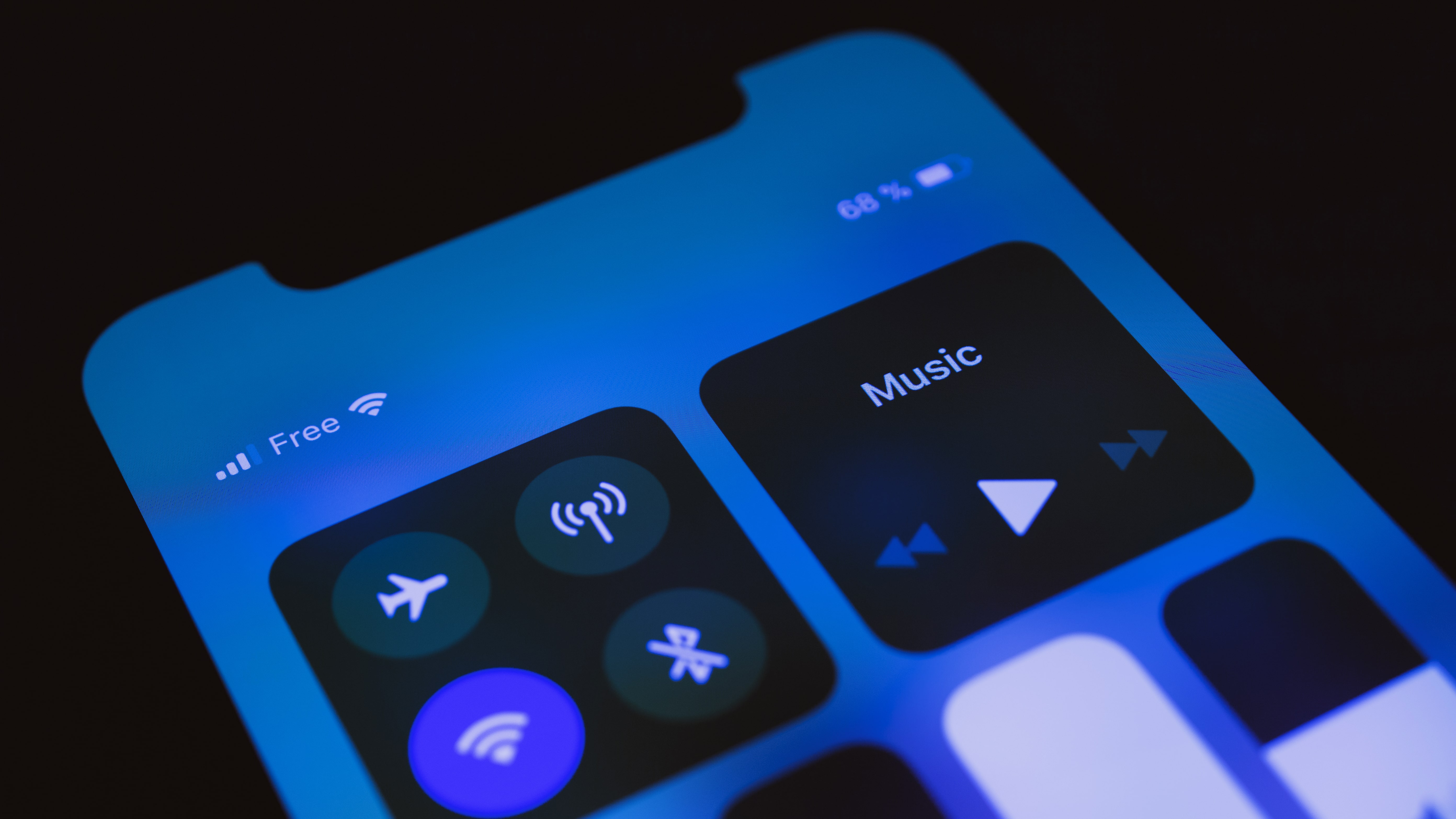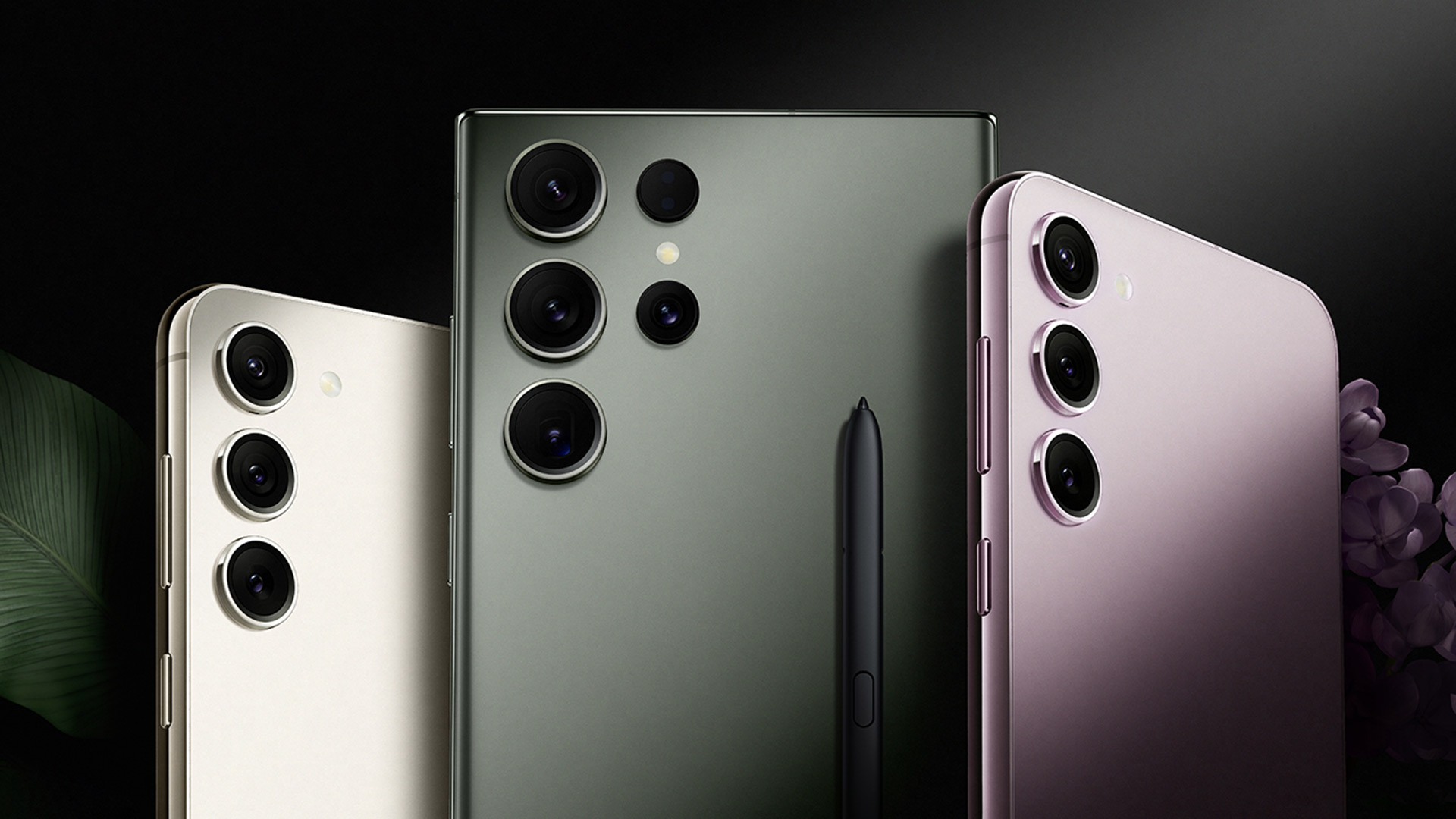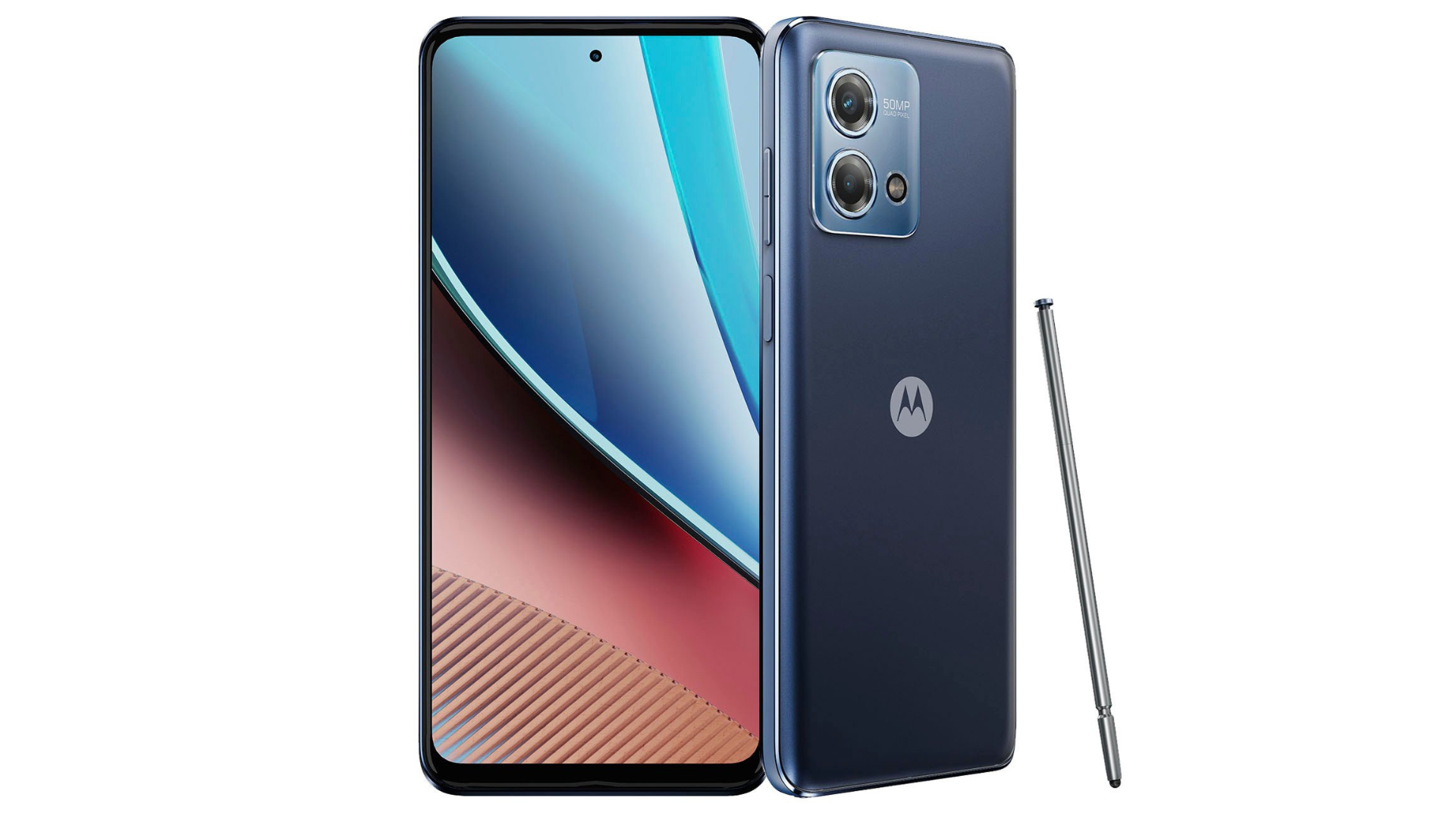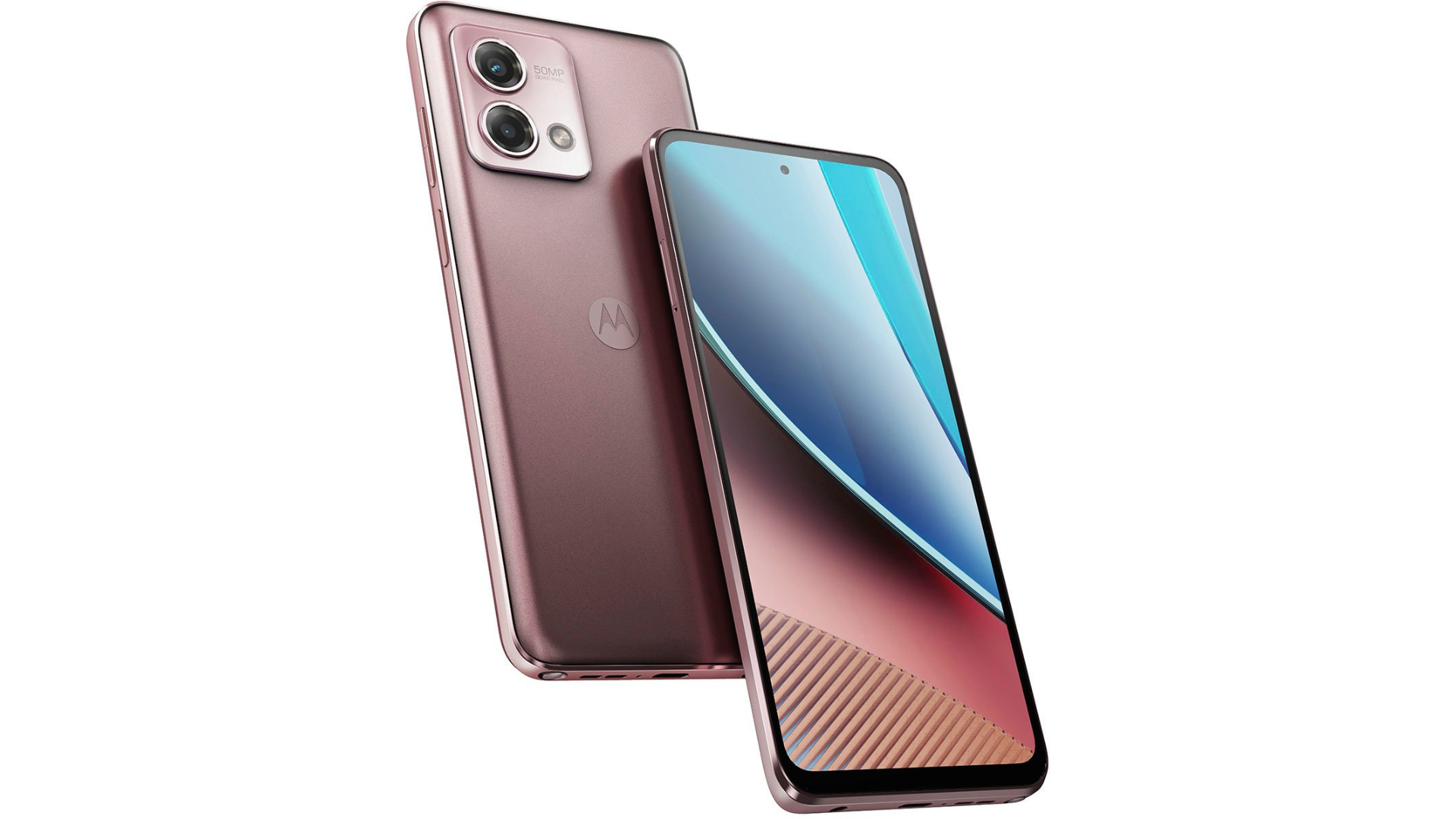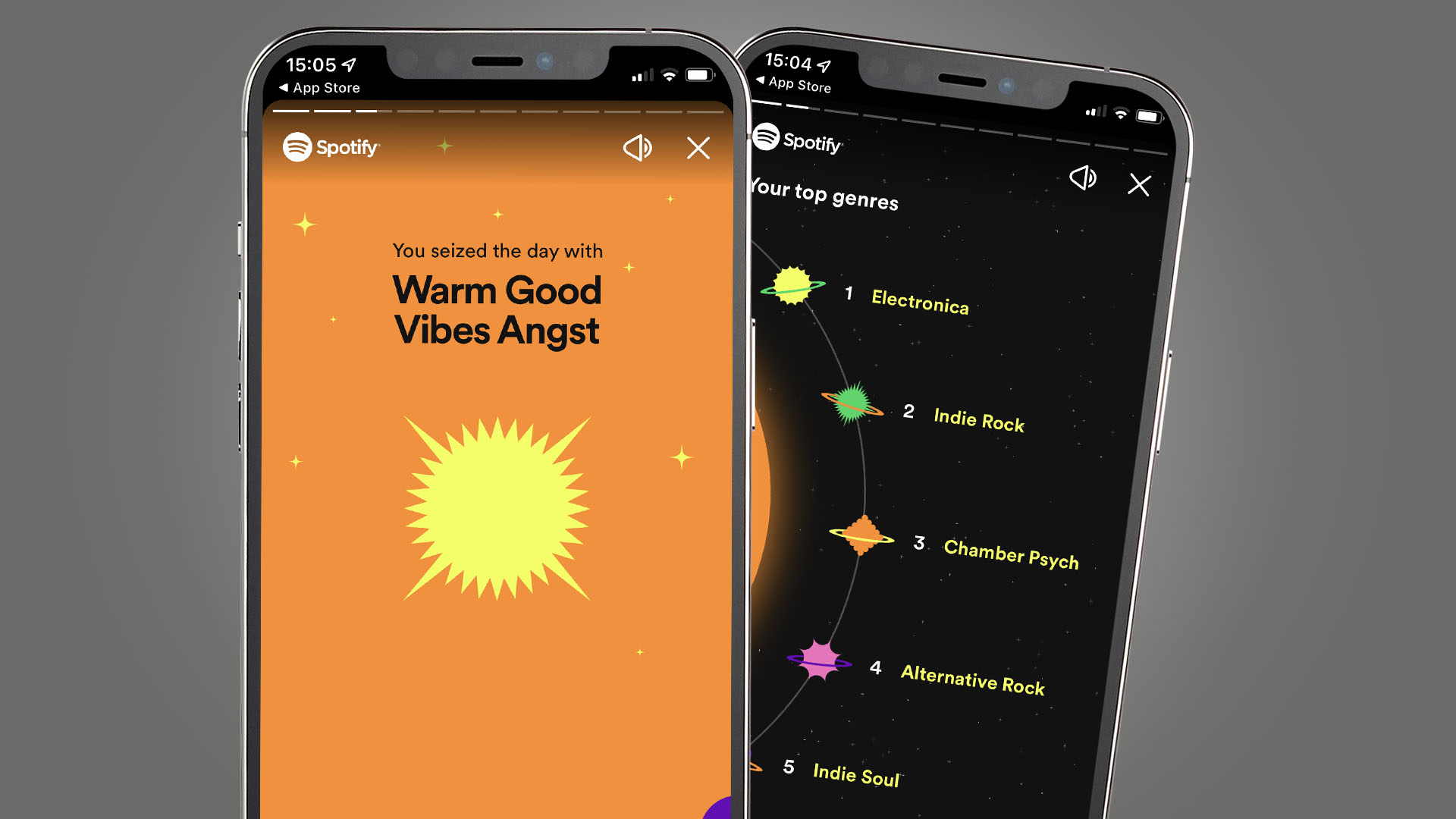Samsung is known for pushing smartphone photography forward, but one area where it’s starting to lag relative to the competition is sensor size, with a few phones – such as the Xiaomi 13 Ultra – now having a massive 1-inch camera sensor, while Samsung sticks to much smaller ones.
A recent report even suggested that the upcoming iPhone 15 Ultra would sport a sensor of almost one inch, but now it seems Samsung might one-up Apple with a true 1-inch sensor of its own.
This is according to SamLover, a site which claims to have learned that the Samsung Galaxy S24 Ultra will feature a 1-inch sensor.
A sensor of this size would be able to capture more light than we’re used to from Samsung’s phones, allowing for a greater dynamic range (the difference between the brightest and darkest parts of the image), and proving particularly beneficial in low-light scenarios.
It could have a noticeable impact on overall image quality, and there's some evidence to suggest the Galaxy S24 Ultra might really get this component.
Fewer, better cameras
As SamLover notes, previous reports have suggested that the Samsung Galaxy S24 Ultra will have just three rear lenses, down from four on the Samsung Galaxy S23 Ultra. Supposedly, one of the telephoto lenses will be removed, but the remaining one will be able to optically zoom to multiple distances, likely making it as good as or better than two separate lenses.
Why is that relevant? Well, a larger sensor inevitably means the camera that uses this will take up more space on the phone – space that Samsung might have made available by removing a lens.
All that said, we’d actually say this is unlikely to happen. SamLover doesn’t have much of a track record for leaks, and so far no other leakers have corroborated this claim.
Indeed, we’ve elsewhere heard that the Samsung Galaxy S24 Ultra will have the same 200MP sensor for its main camera as the Galaxy S23 Ultra, and if it was going to have a 1-inch sensor, it would almost certainly be used for the main camera.
Samsung could still maintain its lead
While we’re sadly skeptical of this 1-inch sensor claim, the Samsung Galaxy S24 Ultra is sure to still be a fantastic camera phone.
The Samsung Galaxy S23 Ultra currently sits at the top of our best camera phones list, and if rumors of a new variable-zoom lens are true, then we could see some notable improvements to telephoto photography.
Samsung is already ahead of most rivals on that front, and this change would just push it even further into the lead.
Still, with talk of the iPhone 15 Ultra having not just an almost 1-inch sensor but a variable zoom lens of its own, Samsung could face more photographic competition than it does most years.


